Let me ask you something—have you ever considered the consequences of severe illness or injury while traveling? I mean, really? It is an issue most of us never think about until times too late. We make all arrangements pertaining to flights, hotels and excursions but emergencies of the medical nature are seldom on the “To-Do” list.
I have been in such situations where I have found myself stuck in a strange land without any access to preferred healthcare. That is exactly the situation where medical evacuation coverage comes in handy. This type of insurance helps with more than trip disruptions or lost luggage—it can be life-saving. Such medical insurance is needed where evacuation to a healthcare facility or back home is required due to severe ailment or injury.
This article will address all aspects of medical insurance to do with evacuation such as its relevance, importance and how to choose an effective one. As long as this article is in your possession, you, irrespective of whether you are a fresh traveler or a seasoned globetrotter, will always have an easy and reliable way to deal with life’s surprises.
Key Takeaways
- The High Cost of Medical Evacs: Situations like getting airlifted for medical attention incurs major expenses like crossing over a hundred thousand dollars, especially in places far off known hospitals.
- Robust Coverage: With medical evacuation however you will get emergency transport, repatriation, and even the transportation of remains, though it has no provisions for treatment.
- Different Providers Have Different Policies: All providers and plans have different inclusions, and limits, there is a need for all users to ensure that all policy particulars are reviewed.
- Coverage gaps: High risk targets, predisposed conditions such as existing ailments, and certain high risk activities are likely to be not covered under the arrangement.
- Additional Coverage: Medical evacuation insurance when paired with global travel insurance enables better protection through additional medical travel services, to aid in claim processes, while still enabling seamless trips to multiple destinations cover loss.
What Is Medical Evacuation Coverage?
Medical evacuation insurance is a form of travel insurance that protects a traveler financially in the event of an accident that requires them to be transported to hospital via an health facility, especially important while travelling to off-the-beaten-track places where very few healthcare facilities exist in a given country.
Emergency Medical Evacuation
If you suffer from a critical sickness or injury, emergency medical evacuation gets the ground or air ambulances (depending on distance and resources) to shift you to the most appropriate medical facility. The ground and aerial healthcare and transports aim in offering prompt and suitable responses for gotten.
Medical Repatriation
Medical repatriation refers to the process of bringing back a patient who is hospitalized in an international facility back to the home country for further treatment if the situation requires it. This allows for a seamless continuation of the treatment.
Return of Mortal Remains
This coverage is helpful in unfortunate instances of death while traveling. It provides the necessary logistical arrangements and costs to transfer the deceased back to their home country. This service helps alleviate some of the burden for the family during a very difficult period.
Why Is Medical Evacuation Coverage Important?
Medically evacuation coverage is particularly important because traveling internationally may pose health risks that an individual would not encounter domestically. Some regions may also have limited access to medical facilities which makes dealing with critical medical emergencies extremely challenging. Without the appropriate coverage for evacuation, patients would have to pay significant amounts out of pocket. For example, it’s common for airlifting someone from a cruise ship to cost upwards of $100,000.
Furthermore, some individuals may have policies which do not cover emergencies outside their home country which places them in precarious situations. Medical evacuation policies are essential as they acted like a safety net, and ensured you’re covered no matter where you are.
What Does Medical Evacuation Coverage Include?
Medically evacuation coverage is likely to include the following essentials:
- Emergency medical evacuation: Transferring the patient to the closest designated medical facility.
- Medical Repatriation: Returning to one’s country of citizenship for further treatment or medical care.
- Return of Mortal Remains: The arrangement of transportation and costs associated with returning remains to the country of citizenship.
- Travel Companion Coverage: Costs associated with allowing someone to accompany the insured during an emergency medical intervention.
- Return of Minor Children: Transportation costs for minor children in cases where the parent is hospitalized and is unable to look after them.
It is very important to assess your policy and determine the inclusions and exclusions specific to your case.
How Much Coverage Do You Need?
The type of medical evacuation coverage you require varies by the speed of the services being offered and boarding arrangements of the aircraft, your insurance plans or general health. travelers to remote regions or individuals engaging in high-risk activities will generally require higher coverage limits.
It’s advisable to select a plan that provides no less than 100,000 emergency medical evacuation coverage. Some comprehensive plans provide up to 1,000,000 in coverage.
Common Exclusions in Medical Evacuation Coverage
Despite the comprehensive nature of medical evacuation coverage, there are some circumstantial exclusions:
- Pre-Existing Conditions: Medical conditions which predate the purchase of the relevant policy will automatically be excluded unless expressly mentioned.
- Activities Considered High-Risk: Participation in activities deemed high-risk such as deeper sea diving and bungee jumping may render the policy void except if additional terms and conditions are met.
- Visitation to Restricted Areas: Travel to countries with embargoes or those subjected to harsh travel restrictions will lead to claim rejection.
- Restrictions on Evacuations You Initiate Yourself: Activating self-evacuations contrived without the insurance firm’s prior consensus would be punishable by non-reimbursement.
How to Ensure Adequate Medical Evacuation Coverage
Ensure you take the following actions to protect yourself effectively:
- Do not Refrain Taking a Staggered Approach: The timing of purchasing policies is crucial. Snap insurance solutions as soon as your trip is booked for full coverage benefits.
- Select Integrated Plans: Pick plans with medical evacuation coverage and familiarize yourself with restrictions and exclusions.
- Advising Pre-existing Conditions: To avoid claim denials, be forthright about any existing health issues.
- Availing Policy Conditions: Policy terms and conditions should to be read thoroughly to avoid surprises on the scope of coverage.
- Health Documentation: Records of health complications and treatments undertaken should be preserved.
Real-Life Scenario: The Importance of Medical Evacuation Coverage
Picture this: while hiking in the remote corners of Alaska, you sustain a critical injury that needs medical attention. Without medical evacuation coverage, getting you the necessary treatment would to a healthcare facility to be both difficult and expensive. With the right cover, emergency services can get you to the nearest appropriate facility for treatment.
This highlights the essential need of having medical evacuation cover in protecting travelers from the risk of unexpected medical expenses.
How to Choose the Right Medical Evacuation Coverage
There are numerous factors that need to be taken into accounts in order to ensure the traveler’s safety.
Assess Your Travel Destination
Different destinations offer varying levels of healthcare infrastructure. Traveling to remote or underserved regions may need significantly higher coverage due to the potential delays in accessing medical treatment.
Evaluate Your Health Status
Those with chronic ailments should select plans that specifically cater to such conditions so that they can avail themselves of the requisite services in case of a medical emergency.
Consider Your Activities
Participation in scuba diving, mountaineering, or skiing comes with a higher probability of accidents. Make sure that your policy covers these activities or consider purchasing additional coverage.
Review Policy Exclusions
Make sure to go through the policy comprehensively to check for any activity coverage limitations, including the medical conditions which may be considered pre-existing.
The Importance of Early Planning
The immediate need is to purchase medical evacuation coverage the moment you start planning your journey. Not purchasing travel insurance in good time may result in loss of opportunities for complete coverage. For example, waiting until the last minute will restrict selections or result in the exclusion of certain benefits.
Taking out insurance early allows you sufficient time to review and choose the most appropriate options tailored to your diverse needs, thereby greatly benefiting from early planning.
My Opinion
As for traveler’s insurance with respect to medical evacuations, they must ensure to thoroughly evaluate coverage, especially for remote regions where medical facilities are scarce. Choosing the right policy, assessing your health and other relevant activities, and planning well in advance ensures protection against unforeseen emergencies.
As you recall, the expenses associated with medical evacuation can be hefty, but having the necessary form of insurance can give one peace of mind, allowing focus on having fun while traveling without worrying about possible medical expenses.














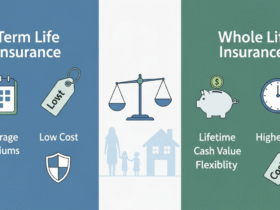



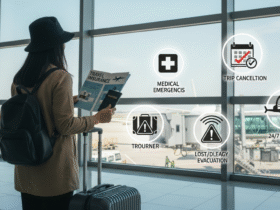


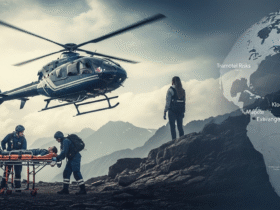
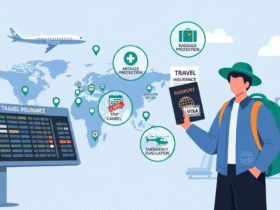



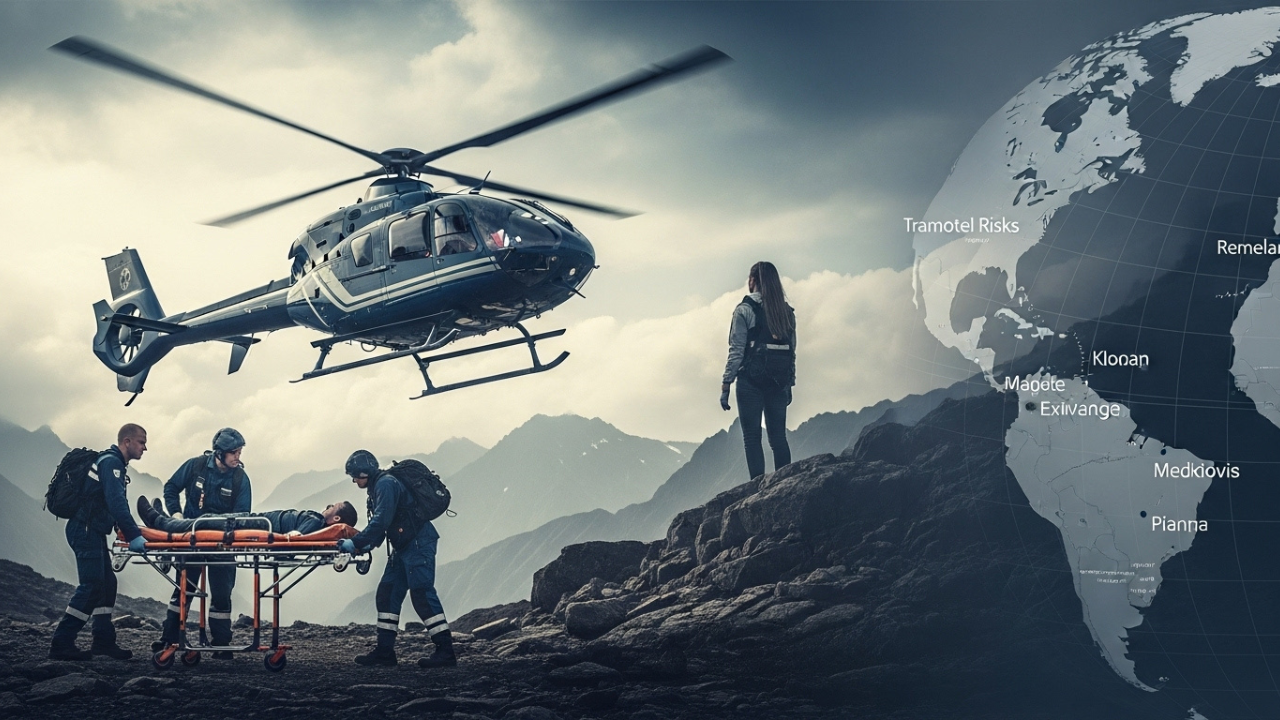
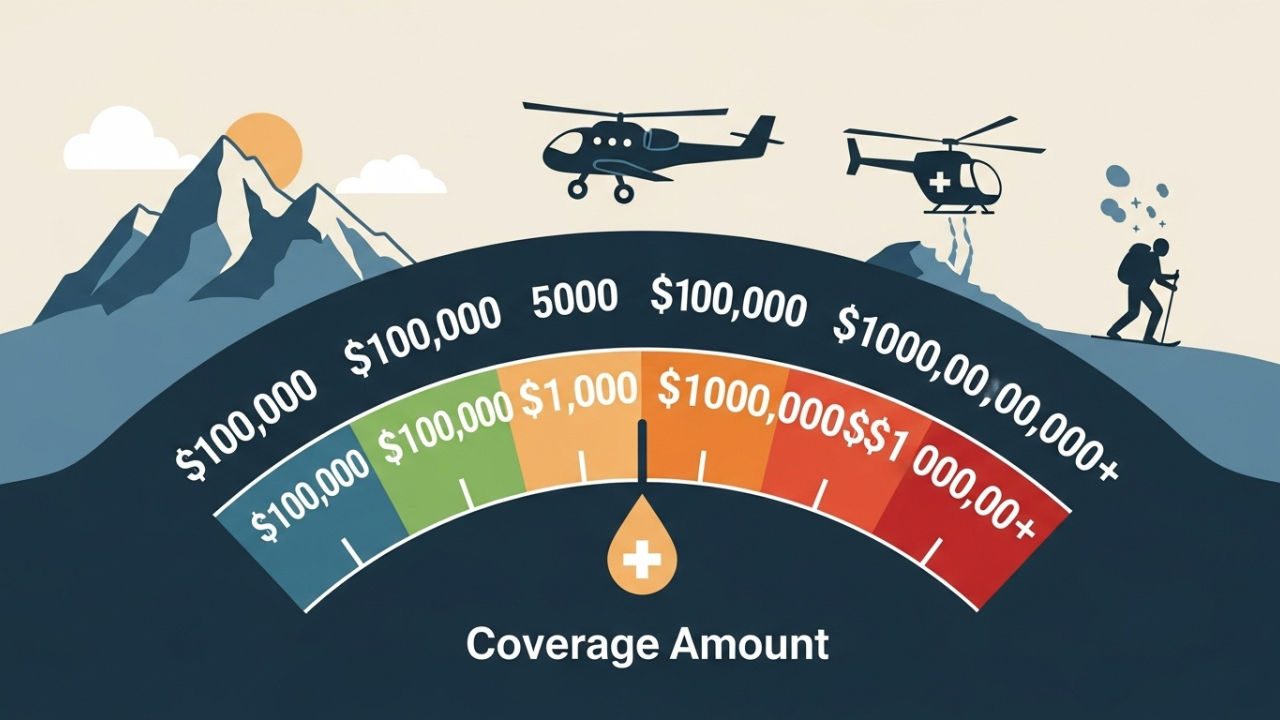

Leave a Reply